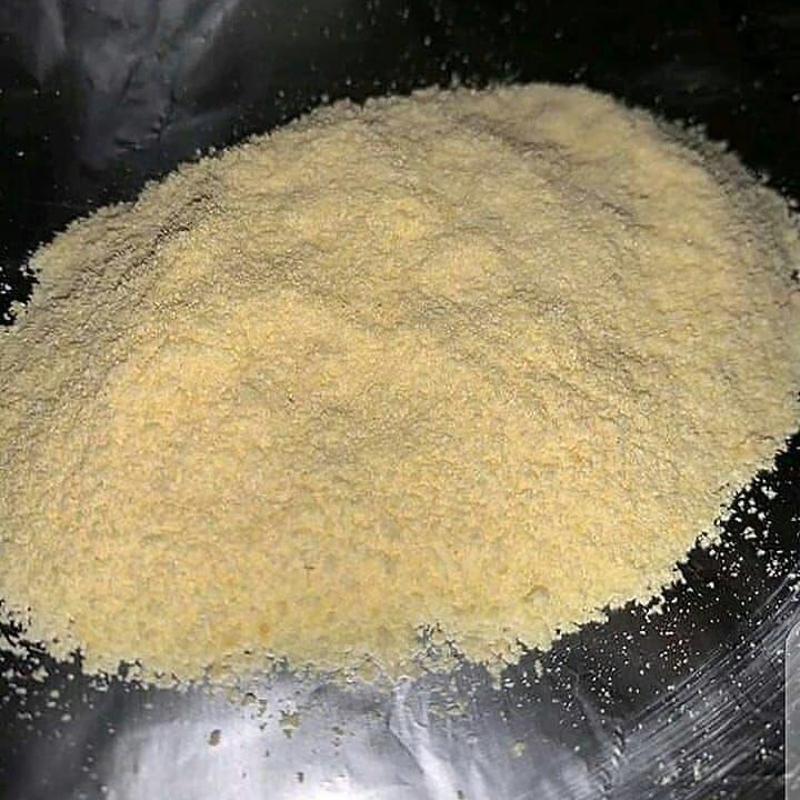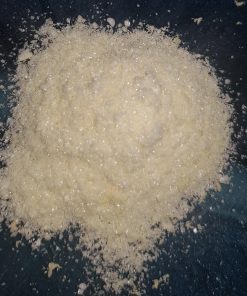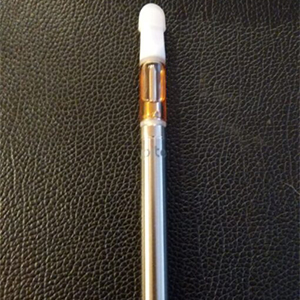Overview
4-AcO-DMT—also known as O-acetylpsilocin, 4-acetoxy-DMT, psilacetin, or “synthetic mushrooms”—is a semi-synthetic research chemical in the tryptamine family, which also includes the classic psychedelics like DMT and psilocybin. 4-AcO seems to be very closely related to the magic mushroom compounds psilocybin and psilocin, and like psilocybin, is speculated to break down into psilocin in the body during first pass metabolism. In fact, 4-AcO-DMT was first synthesized in the early 1960s by Albert Hofmann, the same chemist who discovered LSD and first synthesized psilocybin.
But 4-AcO was patented and then largely forgotten, until it reappeared in the 1990s rave scene as a new designer drug. Buy Dmt in Australia
It’s important to emphasize just how dose-dependent the research chemical is. The general consensus among users on message boards and the nine people who filled out a survey I created on 4-AcO, is that lower doses feel like a psilocybin experience, while higher doses start to more so resemble a DMT experience.
As a general reference point, many say that oral doses in the 15 to 20 mg range greatly resemble a 3.5-gram magic mushroom experience. And with all new psychedelics, it’s best to start with a low to moderate dose, or even microdose, for your first trip in order to get a lay of the land before diving into stronger experiences.
For nasal ingestion, doses will be slightly different because many folks report snorting the powder to be a stronger but possibly shorter acting experience. Also, one of my survey participants reported the powder can turn blue in your nostrils, so don’t be alarmed if this happens to you, as well. The visuals in this dose range also seem to be similar to what folks experience on mushrooms, with lots of drifting, waving, and breathing. But some people report it being a bit more geometric than shrooms, bordering on the precise way DMT makes them see the world.
Buy Dmt in Australia
The Psychedelic Middle Man offers a convenient and discrete way to buy dmt online, we offer high-quality products. Our prices are very competitive, and we offer discounts for bulk orders. We provide discreet shipping and billing, so your purchase will remain completely confidential. Finally, we have a great customer service team who are always on hand to answer any questions you may have. Shop Now




